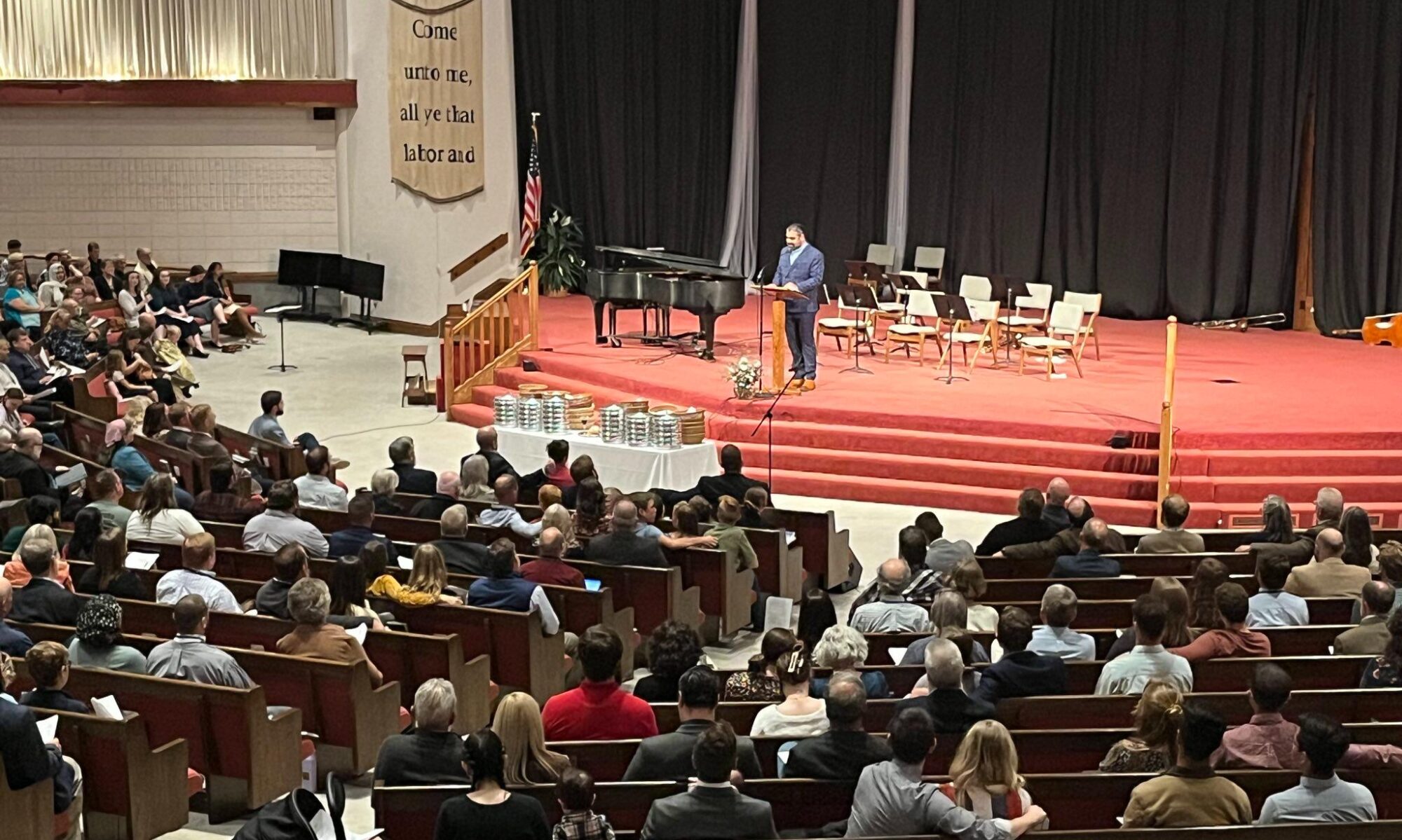The Passion Week provides diverse theological emotions for the people of God. Palm Sunday commences with the entrance of a divine King riding on a donkey. He comes in ancient royal transportation. The royal procession illicit shouts of benediction, but concludes only a few days later with shouts of crucifixion as the king is hung on a tree.
The Church also celebrates Maundy Thursday as our Messiah provides a new commandment to love one another just as He loved us. The newness of the commandments is not an indication that love was not revealed prior (Lev. 19), but that love is now incarnate in the person of love, Jesus Christ. We then proceed to sing of the anguish of that Good Friday as our blessed Lord is humiliated by soldiers and scolded by the offensive words of the religious leaders of the day. As he walks to the Mount, his pain testifies to Paul’s words that he suffered even to the point of death (Phil. 2). But hidden in this glaringly distasteful mixture of blood, vinegar, and bruised flesh is the calmness of the day after our Lord’s crucifixion.
After fulfilling the great Davidic promise in Psalm 22, our Lord rests from his labors in the tomb. Whatever may have happened in those days before his resurrection, we know that Christ’s work as the unblemished offering of love was finished.
The Church calls this day Blessed Sabbath or more commonly, Holy Saturday. On this day, our Lord reposed (rested) from his accomplishments. Many throughout history also believe that Holy Saturday is a fulfillment of Moses’ words:
God blessed the seventh day. This is the blessed Sabbath. This is the day of rest, on which the only-begotten Son of God rested from all His works . . .(Gen. 2:2)
The Church links this day with the creation account. On day seven Yahweh rested and enjoyed the fruit of his creation. Jesus Christ also rested in the rest given to him by the Father and enjoyed the fruits of the New Creation he began to establish and would be brought to light on the next day.
As Alexander Schmemann observed:
Now Christ, the Son of God through whom all things were created, has come to restore man to communion with God. He thereby completes creation. All things are again as they should be. His mission is consummated. On the Blessed Sabbath He rests from all His works.
Holy Saturday is a day of rest for God’s people; a foretaste of the true Rest that comes in the Risen Christ. The calmness of Holy Saturday makes room for the explosion of Easter Sunday. On this day, we remember that the darkness of the grave and the resting of the Son were only temporary for when a New Creation bursts into the scene the risen Lord of glory cannot contain his joy, and so he gives it to us.









 We are imitators by nature. God made us this way. We are, after all, image-bearers. To copy is human. We know this in a very profound way when we become parents. Children very early on begin to reflect our temperament and repeat our most cherished lines ( a frightening idea at times).
We are imitators by nature. God made us this way. We are, after all, image-bearers. To copy is human. We know this in a very profound way when we become parents. Children very early on begin to reflect our temperament and repeat our most cherished lines ( a frightening idea at times).